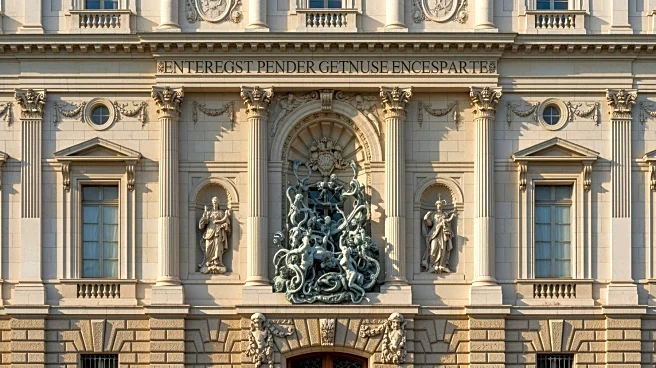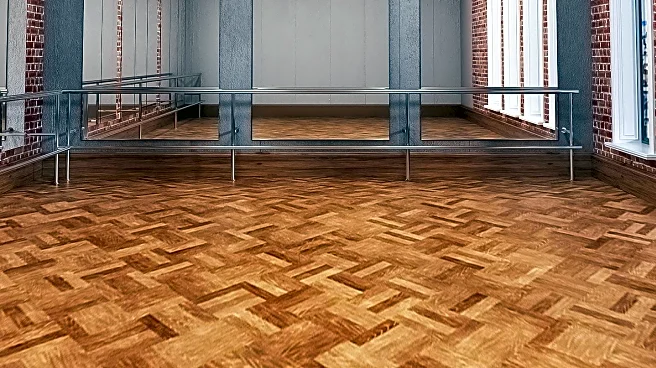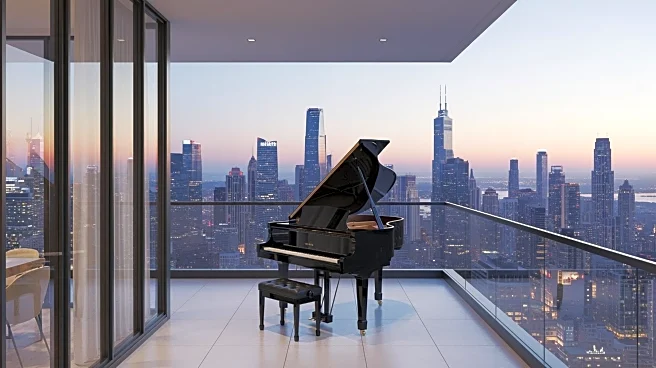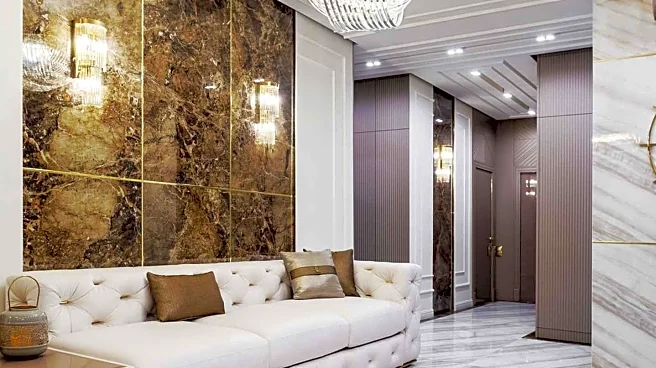What's Happening?
Sotheby’s has inaugurated its new global headquarters in the historic Breuer Building on Manhattan’s Upper East Side. The building, previously home to several museums, now hosts nearly $1 billion worth of art slated for upcoming marquee sales. The transformation
of the building into an emporium for fine art and luxury goods marks a significant step for Sotheby’s as it seeks to expand its revenue streams while reducing costs. The Breuer Building, purchased for $100 million, offers a smaller footprint compared to Sotheby’s former York Avenue location, which was sold to Weill Cornell for $510 million. Despite the building’s smaller size, it boasts a prestigious architectural renovation by Herzog and de Meuron, enhancing its flexibility and appeal. The move comes at a critical time for Sotheby’s, as the art market faces a multi-year contraction, with total sales at the auction house falling 23% last year.
Why It's Important?
The unveiling of Sotheby’s new headquarters in the Breuer Building is a strategic move aimed at revitalizing the auction house’s operations amid a challenging art market. By downsizing and relocating to a landmark building, Sotheby’s is positioning itself to attract high-profile consignments and boost its bottom line. The Breuer Building’s cachet has already helped secure significant consignments, such as the $400 million Leonard Lauder collection. This move is crucial as the art market seeks signs of recovery, with upcoming New York auctions expected to generate over $2 billion. The relocation also reflects broader trends in the industry, including the increasing importance of online sales and flexible workspaces, as Sotheby’s adapts to changing market dynamics and consumer preferences.
What's Next?
Sotheby’s plans to continue leveraging the Breuer Building’s prestige to attract prominent consignments and enhance its auction offerings. The auction house is also focusing on expanding its online presence, with enhanced live streaming capabilities to reach a wider audience. The adoption of a WeWork-style model for office space reflects a shift towards more flexible and dynamic work environments. As the art market navigates its current downturn, Sotheby’s strategic moves may set a precedent for other auction houses seeking to adapt and thrive in a changing landscape. The upcoming New York auctions will be a key indicator of the market’s recovery and Sotheby’s ability to capitalize on its new headquarters.
Beyond the Headlines
The relocation to the Breuer Building highlights the evolving nature of the art market, where traditional models are being reimagined to meet contemporary demands. The integration of technology and flexible workspaces signifies a shift towards more innovative and adaptive business practices. Additionally, the move underscores the importance of cultural landmarks in enhancing brand prestige and attracting high-value consignments. As Sotheby’s navigates these changes, the broader implications for the art market include potential shifts in how art is marketed, sold, and consumed, with a greater emphasis on accessibility and digital engagement.















